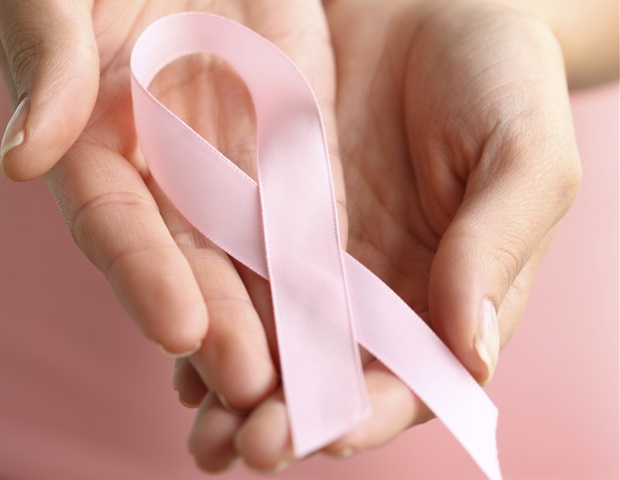[ad_1]
In terms of health, inequalities are visible at all levels for women with breast cancer: prevention, screening, diagnosistreatment and survival. But what about their quality of life? A team from the University of Geneva (UNIGE), the University Hospitals of Geneva (HUG), Inserm and Gustave Roussy followed nearly 6,000 women. diagnosed with breast cancer over a period of 2 years, demonstrating that socio-economic status has a major and lasting impact on their quality of life, despite identical medical treatment. These results from the CANTO study sponsored by UNICANCER, published in the Journal of Clinical Oncology, call for socio-economic factors to be taken into greater account in support programs for women with breast cancer.
Social and economic determinants (such as income and education level) impact how people cope with illness and are one of the main causes of health inequalities. In cancer care, socioeconomic inequalities are present throughout the continuum of care, from prevention to diagnosis, treatment and survivorship.
However, the extent of socioeconomic inequalities in the quality of life of women diagnosed with breast cancer and how these change during treatment were not known. We sought to quantify the inequalities in the quality of life of these women, both at the time of diagnosis and in the following two years.
José Sandoval, oncologist in the oncology department of HUG and researcher in the departments of medicine and community health and medicine of the Faculty of Medicine of UNIGE, first author of the study
Nearly 6,000 women followed for two years
The 5,900 women who participated in this study were treated in France for early breast cancer, a common form of cancer from which more than 80% of women are cured. “Many women received extensive treatment in the first year after their diagnosis – including surgery followed by chemotherapy; ; followed by endocrine therapy in the second year. We followed them for two years to capture changes in quality of life in the medium term,” explains Gwenn Menvielle, research director at Inserm and Gustave Roussy, who led this research.
The research team examined five quality of life domains: general fatigue, psychological state, sexual health and side effects -; according to a number of socio-economic indicators: education level, household income and perceived financial situation. The combination of these elements produces a score where 0 indicates no inequalities.
Inequalities are increasing rapidly
At diagnosis, the inequalities in quality of life between the two socio-economic extremes are notable, with a score of 6.7. The score increases to 11 during treatment, then remains at 10 two years after diagnosis, a higher score than at that time. “If we expected a certain degree of inequalities at the start of the disease, the fact that these inequalities increase rapidly and persist for so long is a surprise,” says José Sandoval. “The impact on quality of life is much more pronounced for women with fewer resources, regardless of the biological characteristics of their cancer, their age or the treatment they received.”
For what? The answers are not found in the treatment, which is similar for all women, but probably in all the supporting elements surrounding medical care. “It will likely be easier for women of higher socioeconomic status to have the time, money and access to information to take care of themselves, find support resources and better manage physical and psychological side effects of the disease than, for example, a single mother with low income and no one to take care of her children, emphasizes José Sandoval “These factors influence the disease and its consequences on physical health. and psychological aspects of patients.”
Better take into account inequalities
Equality of access to health care is not synonymous with the absence of inequality. The socio-economic context can have a major impact on health status in the same way as biological characteristics. “When we talk about precision oncology, we must consider the whole person, including their social dimension,” add the authors. “Our data concerns women treated in France, a country with equal access to care. In countries without a universal health system, these inequalities are likely to be even more pronounced.
Source:
Journal reference:
Sandoval, JL, et al. (2024) Extent and temporal variations of socio-economic inequalities in quality of life after early breast cancer: results from the French multicenter CANTO cohort. Journal of Clinical Oncology. doi.org/10.1200/JCO.23.02099.
[ad_2]
Source link
